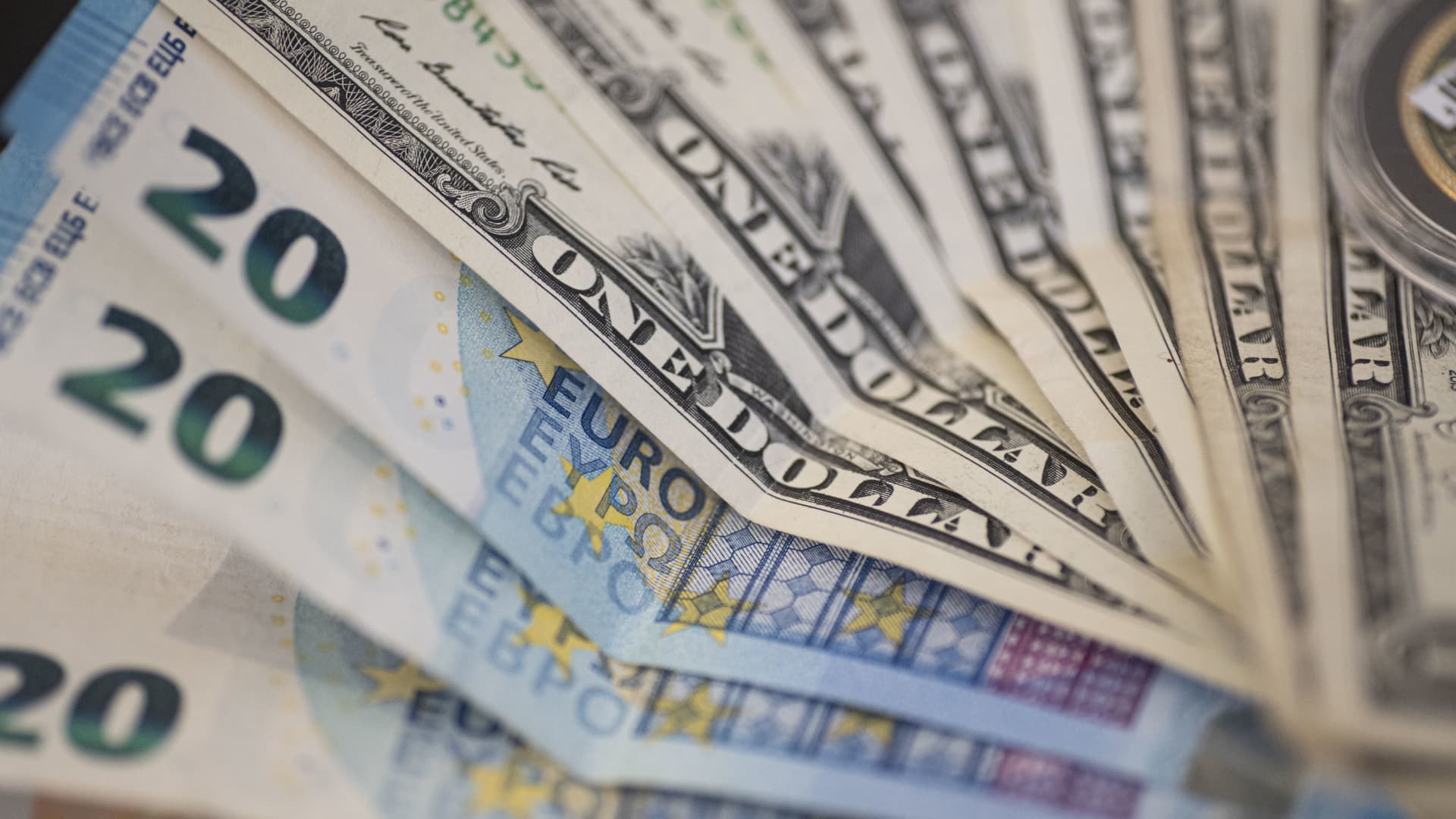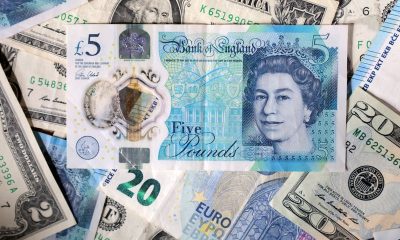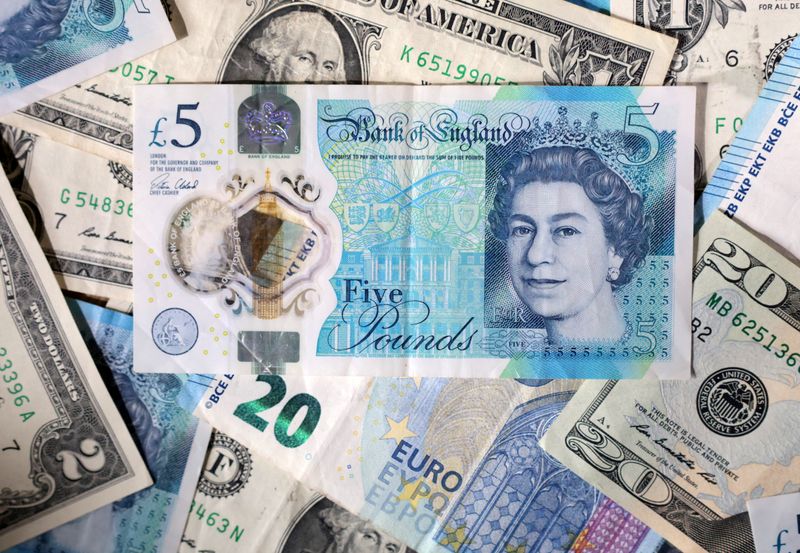Forex
The euro is getting cheaper against the dollar before the release of data on inflation in the euro area

The euro weakened against the dollar on Wednesday morning ahead of the release of inflation data for the euro area, which could confirm an increase in price levels, according to trading data.
The euro-dollar exchange rate has declined to $1.0860 from last week’s closing level of $1.0863.
In contrast, the dollar-yen exchange rate has risen to 136.75 yen from 136.38 yen. Additionally, the dollar index, which measures the exchange rate against a basket of currencies of six U.S. trading partners, has increased by 0.08% to 102.64 points.
Investors are eagerly awaiting the release of macroeconomic statistics. Eurostat will publish its final estimate of annual inflation in the eurozone for April at noon. The preliminary estimate indicated an acceleration of inflation to 7% on an annualized basis, up from 6.9% the previous month.
Meanwhile, the dollar could continue to be influenced by macroeconomic data as well. For instance, U.S. retail sales showed a 0.4% increase in April compared to March. Additionally, U.S. industrial production unexpectedly rose by 0.5% on a monthly basis last month, contrary to analysts’ expectations of no change.
Earlier, we reported that the Euro was relatively stable against the dollar before the release of eurozone statistics.

 Forex3 years ago
Forex3 years agoForex Today: the dollar is gaining strength amid gloomy sentiment at the start of the Fed’s week

 Forex3 years ago
Forex3 years agoUnbiased review of Pocket Option broker

 Forex3 years ago
Forex3 years agoDollar to pound sterling exchange rate today: Pound plummeted to its lowest since 1985

 Forex3 years ago
Forex3 years agoHow is the Australian dollar doing today?

 Cryptocurrency3 years ago
Cryptocurrency3 years agoWhat happened in the crypto market – current events today

 World3 years ago
World3 years agoWhy are modern video games an art form?

 Commodities3 years ago
Commodities3 years agoCopper continues to fall in price on expectations of lower demand in China

 Economy3 years ago
Economy3 years agoCrude oil tankers double in price due to EU anti-Russian sanctions




























